-
 bitcoin
bitcoin $109547.008142 USD
0.04% -
 ethereum
ethereum $4011.838726 USD
-0.05% -
 tether
tether $1.000402 USD
-0.01% -
 xrp
xrp $2.798606 USD
0.88% -
 bnb
bnb $970.877944 USD
1.39% -
 solana
solana $202.237275 USD
-0.95% -
 usd-coin
usd-coin $0.999673 USD
0.00% -
 dogecoin
dogecoin $0.229294 USD
-1.15% -
 tron
tron $0.336370 USD
-0.45% -
 cardano
cardano $0.777260 USD
-1.66% -
 hyperliquid
hyperliquid $45.503019 USD
1.73% -
 ethena-usde
ethena-usde $1.000362 USD
0.01% -
 chainlink
chainlink $20.785303 USD
-1.10% -
 avalanche
avalanche $28.755822 USD
-0.11% -
 stellar
stellar $0.358303 USD
-0.48%
what is public ledger in blockchain technology
Public blockchains use transparent, immutable ledgers accessible to all, enhancing trust and security but raising privacy concerns due to their open nature. Various consensus mechanisms validate transactions before adding them to this shared database.
Mar 24, 2025 at 08:28 pm

- A public ledger is a shared, distributed database that records all transactions on a blockchain network.
- Transparency and immutability are core features of public ledgers.
- Anyone can view the transaction history on a public ledger, enhancing trust and security.
- However, public ledgers may present privacy concerns due to their open nature.
- Different blockchains employ varying consensus mechanisms to validate and add transactions to the public ledger.
A public ledger, in the context of blockchain technology, is a distributed database that records all transactions across a decentralized network. Unlike traditional databases controlled by a single entity, a public ledger is shared amongst all participants in the blockchain network. This shared nature is fundamental to the decentralization and security of blockchain systems. Every transaction, once validated and added to the ledger, becomes a permanent and immutable part of the blockchain's history.
Transparency and Immutability: Cornerstones of Public LedgersThe transparency of a public ledger is a key feature. Anyone with internet access can view the transaction history, although individual identities might be masked by cryptographic techniques like addresses instead of names. This open access fosters trust and accountability within the ecosystem. Immutability means that once a transaction is recorded on the public ledger, it cannot be altered or deleted. This is ensured by cryptographic hashing and the distributed nature of the ledger itself. Any attempt to change past transactions would require altering countless copies across the network, making it computationally infeasible.
How Does a Public Ledger Enhance Trust and Security?The distributed and transparent nature of public ledgers directly contributes to enhanced trust and security. Since multiple participants maintain copies of the ledger, there's no single point of failure or manipulation. Any attempt at fraudulent activity would be immediately detectable by the network's participants. This inherent redundancy makes it incredibly difficult for malicious actors to compromise the integrity of the ledger. The cryptographic techniques employed further bolster security, ensuring the authenticity and integrity of each transaction.
Privacy Concerns Related to Public LedgersWhile transparency offers many benefits, the open nature of public ledgers also raises privacy concerns. Although identities are typically masked by pseudonymous addresses, sophisticated analysis techniques could potentially link transactions to real-world individuals. This raises questions about the balance between transparency and individual privacy within blockchain ecosystems. Various techniques, including zero-knowledge proofs and privacy coins, are being developed to address these privacy challenges.
Consensus Mechanisms and Public Ledger UpdatesDifferent blockchains utilize different consensus mechanisms to validate transactions and add them to the public ledger. Proof-of-Work (PoW), prevalent in Bitcoin, requires miners to solve complex cryptographic puzzles to add new blocks to the chain. Proof-of-Stake (PoS), used in Ethereum 2.0 and other blockchains, allows validators to propose and verify blocks based on their stake in the network. These mechanisms ensure the integrity and security of the ledger, preventing fraudulent additions or alterations.
How are transactions added to a public ledger?Transactions are added to a public ledger through a multi-step process:
- Transaction Initiation: A user initiates a transaction (e.g., sending cryptocurrency).
- Broadcast: The transaction is broadcast to the network.
- Verification: Nodes on the network verify the transaction's validity.
- Block Creation: Verified transactions are grouped into a block.
- Block Addition: The block is added to the blockchain, updating the public ledger.
A public ledger is accessible to everyone, while a private ledger is only accessible to authorized participants. Public ledgers prioritize transparency and decentralization, while private ledgers prioritize privacy and control.
Can data on a public ledger be deleted or altered?No, data on a public ledger is immutable. Once a transaction is recorded, it cannot be deleted or altered. This immutability is a key feature of blockchain technology, ensuring the integrity of the ledger.
How does the public ledger ensure the security of transactions?The public ledger's security is based on several factors:
- Cryptography: Cryptographic hashing ensures the integrity of each block.
- Decentralization: Multiple copies of the ledger exist across the network.
- Consensus Mechanisms: Algorithms like PoW and PoS validate transactions and add blocks to the chain.
- Privacy Concerns: The transparent nature of public ledgers raises privacy concerns.
- Scalability Issues: Processing large numbers of transactions can be challenging.
- Regulatory Uncertainty: The regulatory landscape surrounding blockchain technology is still evolving.
The Bitcoin blockchain and the Ethereum blockchain are prominent examples of public ledgers. Many other cryptocurrencies and blockchain-based applications also utilize public ledgers.
How does a public ledger contribute to the decentralization of a blockchain?The distributed nature of a public ledger is a cornerstone of blockchain decentralization. No single entity controls the ledger, preventing censorship and single points of failure. Each participant maintains a copy, making the system resistant to manipulation.
Disclaimer:info@kdj.com
The information provided is not trading advice. kdj.com does not assume any responsibility for any investments made based on the information provided in this article. Cryptocurrencies are highly volatile and it is highly recommended that you invest with caution after thorough research!
If you believe that the content used on this website infringes your copyright, please contact us immediately (info@kdj.com) and we will delete it promptly.
- Altcoin Season Heats Up: Is ARB, PEPE, or a New Challenger Your Best Bet?
- 2025-09-28 10:25:11
- Shiba Inu, Meme Coins, and Popularity: What's Hot and What's Not in the Wild World of Crypto
- 2025-09-28 10:25:11
- Cardano, Toncoin, and the Quest for Crypto's Next Big Thing
- 2025-09-28 10:45:12
- XRP, Ripple, and the Payment Token Race: What's Next?
- 2025-09-28 10:45:12
- MoonBull Mania: Is This the Next Bonk in the Cryptoverse?
- 2025-09-28 10:30:00
- Bitcoin's 'Uptober' Hopes Clash with Selling Pressure: A New Yorker's Take
- 2025-09-28 10:50:01
Related knowledge
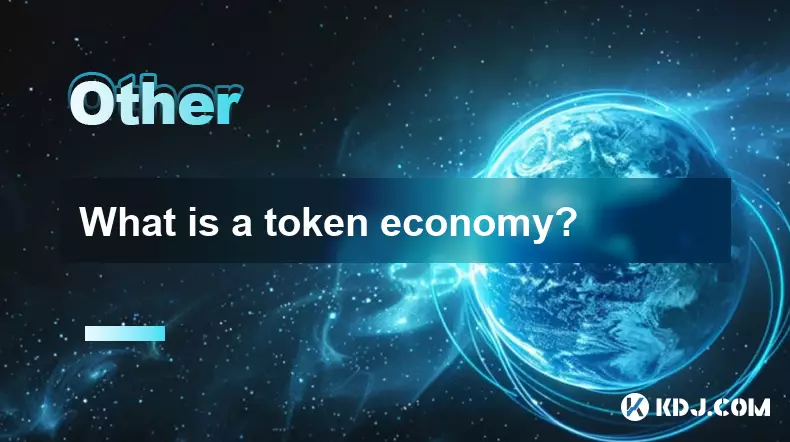
What is a token economy?
Sep 20,2025 at 12:18am
Understanding the Foundations of a Token Economy1. A token economy in the context of cryptocurrency refers to a system where digital tokens are used a...
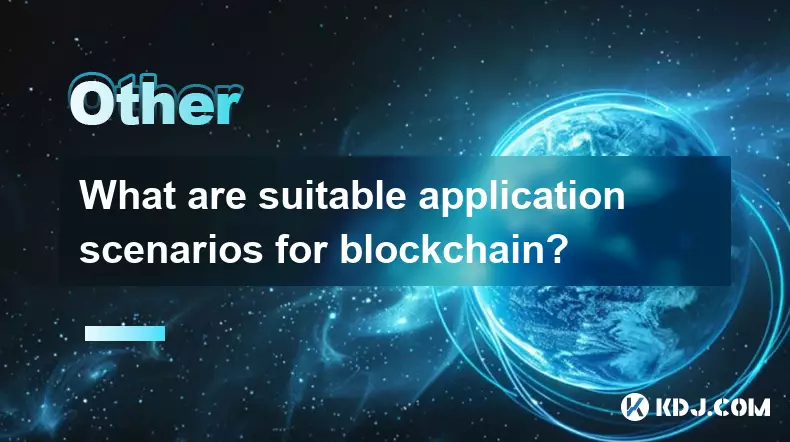
What are suitable application scenarios for blockchain?
Sep 20,2025 at 03:19am
Decentralized Finance (DeFi) Platforms1. Blockchain enables the creation of financial services without centralized intermediaries, allowing users to l...
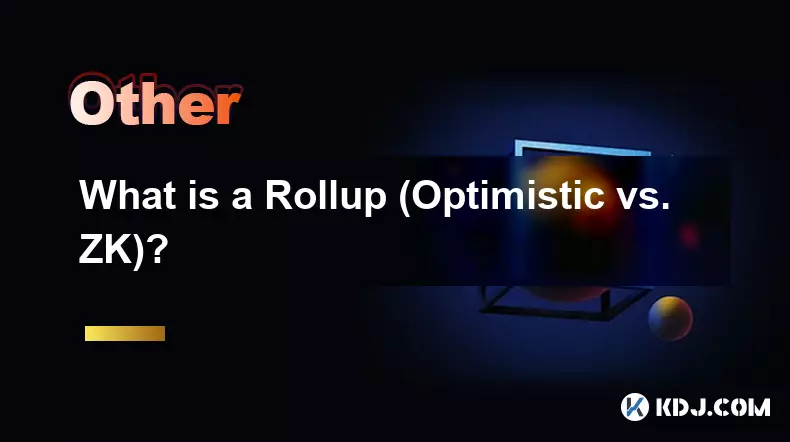
What is a Rollup (Optimistic vs. ZK)?
Sep 22,2025 at 03:00pm
Understanding Rollups in Blockchain Technology1. Rollups are layer-2 scaling solutions designed to increase transaction throughput on blockchains like...
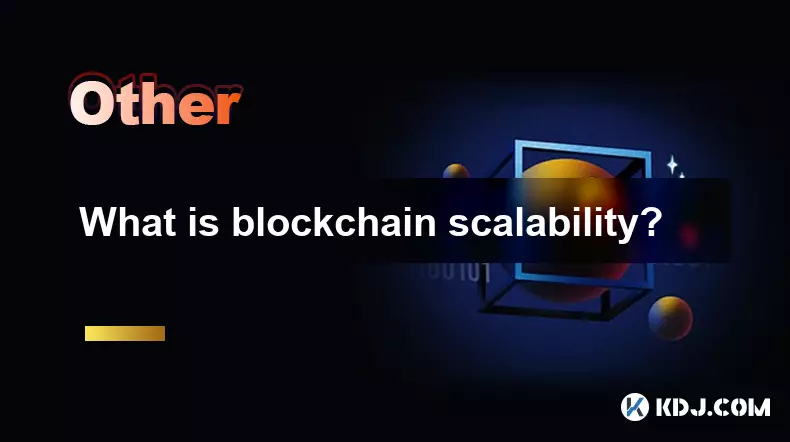
What is blockchain scalability?
Sep 19,2025 at 06:18am
Understanding Blockchain Scalability1. Blockchain scalability refers to a network's ability to handle an increasing number of transactions without com...
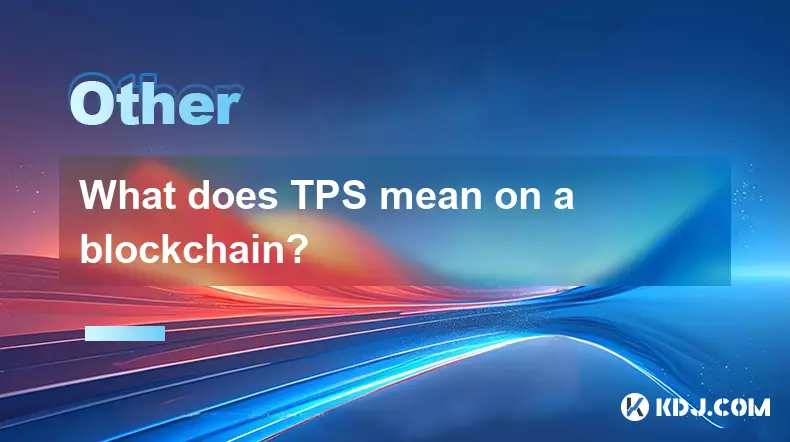
What does TPS mean on a blockchain?
Sep 21,2025 at 09:54am
Understanding TPS in Blockchain Technology1. TPS stands for Transactions Per Second, a metric used to measure the number of transactions a blockchain ...

What is a multi-signature wallet
Sep 20,2025 at 07:00am
Understanding Multi-Signature Wallets in Cryptocurrency1. A multi-signature wallet, often referred to as a multisig wallet, is a type of cryptocurrenc...

What is a token economy?
Sep 20,2025 at 12:18am
Understanding the Foundations of a Token Economy1. A token economy in the context of cryptocurrency refers to a system where digital tokens are used a...

What are suitable application scenarios for blockchain?
Sep 20,2025 at 03:19am
Decentralized Finance (DeFi) Platforms1. Blockchain enables the creation of financial services without centralized intermediaries, allowing users to l...

What is a Rollup (Optimistic vs. ZK)?
Sep 22,2025 at 03:00pm
Understanding Rollups in Blockchain Technology1. Rollups are layer-2 scaling solutions designed to increase transaction throughput on blockchains like...

What is blockchain scalability?
Sep 19,2025 at 06:18am
Understanding Blockchain Scalability1. Blockchain scalability refers to a network's ability to handle an increasing number of transactions without com...

What does TPS mean on a blockchain?
Sep 21,2025 at 09:54am
Understanding TPS in Blockchain Technology1. TPS stands for Transactions Per Second, a metric used to measure the number of transactions a blockchain ...

What is a multi-signature wallet
Sep 20,2025 at 07:00am
Understanding Multi-Signature Wallets in Cryptocurrency1. A multi-signature wallet, often referred to as a multisig wallet, is a type of cryptocurrenc...
See all articles










































































